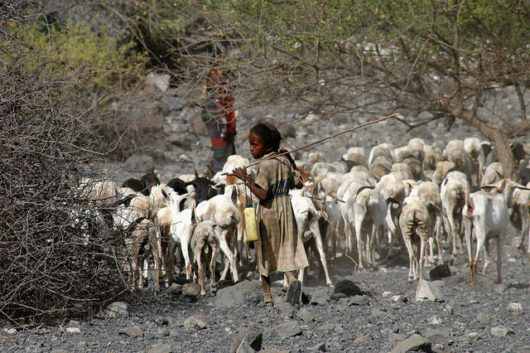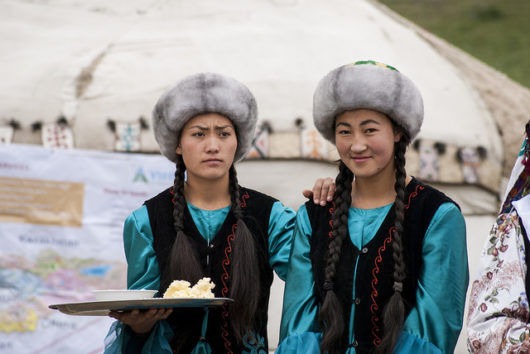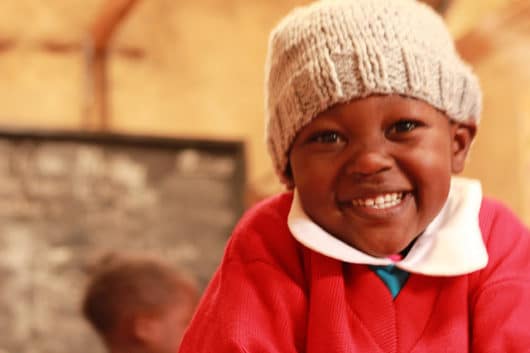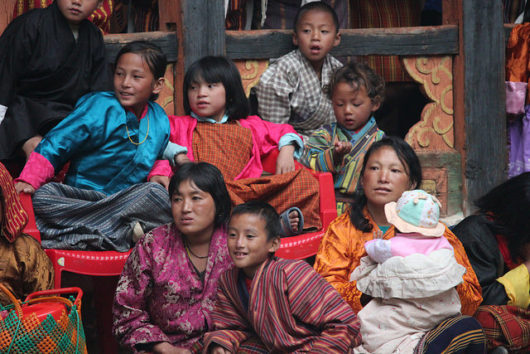
Nestled in the Pacific, just off the coast of Australia, New Zealand is a two-island country made up of the North and South Island. The two islands combined have a population of 3.7 million people. New Zealand is a country with booming tourism and many sites to see. In many ways, the country is doing well in providing for its citizens, but there are some areas that still need improvement. Here are the top 10 facts about living conditions in New Zealand.
Top 10 Facts About Living Conditions in New Zealand
- One hundred percent of the New Zealand population is registered on “community drinking water supplies.” New Zealand’s water access is tested for protozoal and bacteriological compliance, which means that the water meets E. coli standards and is treated for protozoa. However, there are differences to access between the North and South Island. Both islands have 96 percent of water access meeting the bacteriological standards. However, when testing for protozoal compliance, the North Island drops down to 86 percent, and the South Island is as low as 66 percent of water access.
- About 41,000 people are homeless in New Zealand, which is almost one percent of the population. Research has broken homelessness into three categories in New Zealand: chronically, episodically and transitionally. The homeless problem in New Zealand is mostly transitional at 80 percent, meaning that people generally are displaced during a transition period in their lives. People who are chronically homeless make up the lowest numbers at 5 percent of homeless individuals.
- Housing First focuses on placing homeless people in the greater Auckland region into houses and providing support when needed. The organization prioritizes providing housing first, then the next steps are providing support services for mental health and substance use when needed. Its aim is for individuals to keep their tenancy and pursue their goals in a community. From May 2017 until December 2018, Housing First provided housing for 376 children and 461 households overall, with 57 percent of these households being Māori, the indigenous peoples of New Zealand.
- The poverty rate for children living in New Zealand is 27 percent. Child poverty can be defined as a child lacking emotional and material support in order for them to develop and survive. It is estimated that 14 percent of children do not have access to basic necessities like clean clothing, housing and healthy foods. The New Zealand government has now committed to the United Nations Sustainable Development Goals and will be working to cut child poverty in half by 2030.
- About 11 percent of children are food insecure in New Zealand. Fortunately, companies and food businesses are concerned about hunger. SkyCity has donated more than 600 kilograms of food to rescue groups and food banks over the last two years. That is equivalent to 1,900 meals. Another large corporation, Countdown, donated $3.7 million worth of food supplies to local food banks in New Zealand. A small restaurant owner, Asher Boote, donates all of his excess food from his three restaurants back into the community through Kaibosh, a food rescue group. Both large and small businesses can help make a difference regarding hunger in New Zealand.
- Opening in 1994, the Child Poverty Action Group is a registered charity in New Zealand. The charity strives to end child poverty with research, education and advocacy. The organization researches the causes and effects of poverty in New Zealand and publishes its findings in order to educate the public and alert politicians and policymakers to enact change.
- In November 2018, New Zealand’s unemployment rate dropped to 3.9 percent, the lowest it has been in 10 years. There was no change in the annual wage growth of 1.9 percent. If economist’s predictions are correct, New Zealand may see another .5 percent in employment growth within the next fiscal quarter.
- New Zealand’s access to health care is free or relatively low cost compared to other countries. There is great access with more than 3,500 general practitioners in both large and small cities throughout New Zealand as well as 40 public hospitals. However, there is a lack of access to transportation problem for some. In 2016/17, it was calculated that about 7.5 percent of Māori adults and 4.8 percent of Māori children were unable to get to the general practitioner or a hospital because of the lack of transportation or lack of access to transportation.
- Talk Teeth is one of many programs that focuses on the health of children. This program allows any child under the age of 18 to have free basic dental care annually. Standard treatments provided are a routine check for tooth decay and gum health, fluoride treatments to protect your teeth against decay, plaque cleaning, X-rays for tooth decay and teeth extractions. Children can be enrolled as early as one year of age for the Talk Teeth program by calling or filling out forms through public schools.
- New Zealand’s school system is compulsory for ages six through 16. There are currently 13 years of school in the system, including both primary and secondary schooling. Most children attend state schools or public schools; only five percent of children attend private school in New Zealand. Schools focus on balancing practical and theoretical learning as well as encouraging students to get involved in extracurricular activities such as sports, or clubs. Ninety-nine percent of children were enrolled in primary school in 2016 with almost no gender disparity.
Photo: Flickr









